33: Mahogany solid kiln dried customized stand Saudi Arabia
Production Time 4 to 5 weeks
Shipment is by FedEx, UPS or DHL International Express Courier with a normal door-to-door delivery time worldwide of within 2-3 business days after dispatch. Due to the current volatility of world fuel prices, the amount mentioned here is our best estimate for DHL and UPS and may be subject to change at the time of shipping.

Model Description: Please Email Us If You Are Interested In A Similar Stand But With The Map or Terrain of Another Country
Width: 5.5 Inches (14 Centimeters)
Height: 1.0 Inches (2.5 Centimeters)
$44.50
Production Time 4 to 5 weeks
-
United States dollar ($)
-
Pound sterling (£)
-
Euro (€)
-
Australian dollar ($)
-
Canadian dollar ($)
-
Singapore dollar ($)
-
Swiss franc (CHF)
-
Japanese yen (¥)
-
Danish krone (kr.)
-
Hong Kong dollar ($)
-
Norwegian krone (kr)
-
Swedish krona (kr)
-
United Arab Emirates dirham (د.إ)
General Product Description
The Art of Display: Exploring the Different Types of Stands for Model Airplanes
For collectors, enthusiasts, and professionals in the aviation and aerospace industry, displaying model airplanes is not just a hobby—it's a passion. The right stand or base for a model airplane not only enhances the aesthetic appeal of the collection but also provides stability and protection for these delicate replicas. There are various types of stands and bases available, each designed to complement different models and preferences. This article explores the diverse range of stands and bases that breathe life into model airplane displays, transforming them into captivating centerpieces.
Wood Bases
Wood bases are a classic choice for model airplane displays, offering elegance and stability. Crafted from fine woods such as mahogany, walnut, or oak, these bases add a touch of sophistication to any model. They often come with a brushed brass or siver effect nameplate that can be aircrafts full name and / or type, making them a popular choice for personalized gifts or commemorative items. The natural texture and color variations of wood bases make each piece unique, enhancing the overall display of the model.
Resin Stands
Resin or acrylic stands are known for their modern look and durability. These transparent stands are perfect for those who prefer a minimalist aesthetic, as they do not detract from the model airplane itself. Acrylic or resin stands can be custom-shaped to fit specific models, offering a snug and secure fit.
Combination Wood / Metal Stands
These combination stands provide a robust and industrial look to model airplane displays. Made from materials such as steel, aluminum, or brass, these stands are designed to support larger and heavier models. Metal stands often feature adjustable arms that can be easily bent to match the angle and elevation of the display that is required. Their strength and durability make metal stands an excellent choice for public displays in museums, offices, or educational settings.
Wall Mounts
For collectors with limited space or those looking to create a dynamic display, wall mounts offer an innovative solution. These mounts allow model airplanes to be attafched to a wall, simulating flight and saving valuable surface space. They are ideal for showcasing larger models or creating a focal point in a room.
Custom and Themed Bases
For those seeking a truly unique display, custom and themed bases provide endless possibilities. These bases can be designed to match specific themes, such as military airfields, commercial airports, or historical events. Custom bases can include detailed landscapes, runways, or dioramas, adding context and enhancing the storytelling aspect of the model display. Themed bases are particularly popular among collectors who focus on specific eras or types of aircraft.
Conclusion
Choosing the right stand or base for a model airplane is a crucial aspect of the display process, reflecting the collector's style and the significance of the model. Whether opting for the classic elegance of wood, the sleek simplicity of acrylic, the sturdy reliability of metal, the spatial efficiency of wall mounts, the dynamic appeal of rotating bases, or the personalized touch of custom and themed bases, there is a solution to suit every preference and purpose. The careful selection of stands and bases not only safeguards these miniature treasures but also elevates them to works of art, deserving of admiration and appreciation.
If you do not see the type or design of stand or wall mount that you require just click here to contact us and we will then let you have pricing.
Saudi Arabia: A Land of Contrasts and Cultural Riches
Customized Stand Saudi Arabia! Saudi Arabia, a nation known for its vast deserts, rich history, and modern transformation, is one of the most intriguing countries in the Middle East. From the ancient sands of the Rub’ al Khali to the bustling streets of Riyadh, Saudi Arabia is a land of contrasts, where tradition meets modernity in fascinating ways.
A Glimpse into History:
Saudi Arabia’s history is as deep as the Arabian Peninsula’s sands. The cradle of Islam, it is home to the two holiest cities in the Muslim world—Mecca and Medina. Every year, millions of Muslims from around the globe make the pilgrimage to Mecca, known as the Hajj, fulfilling one of the Five Pillars of Islam. This tradition has been ongoing for over a thousand years, making Saudi Arabia a central part of Islamic heritage.
Beyond its religious significance, Saudi Arabia has been a crossroads for various civilizations. The ancient Nabatean city of Al-Ula, with its striking rock formations and well-preserved tombs, stands as a testament to the kingdom’s historical significance. Customized Stand Saudi Arabia These remnants of the past offer a glimpse into the life of ancient civilizations that once thrived in the region.
The Modern Saudi Arabia:
In recent years, Saudi Arabia has undergone a significant transformation. Under Vision 2030, a plan spearheaded by Crown Prince Mohammed bin Salman, the country is rapidly modernizing. The plan aims to diversify the economy, reduce dependence on oil, and develop public service sectors such as health, education, infrastructure, and tourism.
The skyline of Riyadh, the capital city, is dotted with modern skyscrapers, including the iconic Kingdom Centre Tower. The city is a hub of business and innovation, attracting investments and fostering a growing tech scene. Similarly, Jeddah, the gateway to Mecca, is a vibrant port city known for its Red Sea coastline, historical district, and booming arts scene.
Cultural Heritage and Traditions:
Despite its rapid modernization, Saudi Arabia remains deeply rooted in its cultural traditions. The kingdom’s heritage is celebrated through various festivals, such as the Janadriyah National Festival, which showcases traditional crafts, music, dance, and cuisine. The hospitality of the Saudi people is legendary, with an emphasis on generosity and respect for guests. Customized Stand Saudi Arabia.
Saudi cuisine is another reflection of its rich culture. Dishes like Kabsa, a spiced rice dish with meat, and Mandi, a slow-cooked lamb dish, are staples of Saudi dining. Dates and Arabic coffee are often served as a symbol of hospitality.
A Land of Natural Wonders:
Saudi Arabia’s natural landscapes are as diverse as its culture. The Empty Quarter, or Rub’ al Khali, is the largest continuous sand desert in the world, offering a stark yet stunning landscape of endless dunes. In contrast, the Asir region in the southwest is lush and green, with mountains that provide a cooler climate and breathtaking views.
The Red Sea coast is another highlight, with coral reefs that are among the most pristine in the world. Saudi Arabia is investing in eco-tourism, opening up these natural wonders to the world while preserving their beauty.
Conclusion:
Saudi Arabia is a country that defies easy categorization. It is a place where ancient traditions coexist with modern ambitions, where the past is honored even as the future is embraced. As the kingdom continues its journey of transformation, it remains a land of immense cultural and natural riches, waiting to be discovered by the world.
| Weight | 0.5 kg |
|---|---|
| Dimensions | 8.7 × 5.5 × 1.0 in |
Be the first to review “33: Mahogany solid kiln dried customized stand Saudi Arabia” Cancel reply
Similar Models
Stands (for purchase without model)
Stands (for purchase without model)
Stands (for purchase without model)
30: Mahogany solid kiln dried triangular GLOSS finish with steel arm – rear mounting
Stands (for purchase without model)
29: Mahogany solid kiln dried triangular SEMI MATTE finish with steel arm – rear mounting
Stands (for purchase without model)
28: Mahogany solid kiln dried oblong GLOSS white finish desk stand
Stands (for purchase without model)
27: Mahogany solid kiln dried oblong SEMI MATTE white finish desk stand
Stands (for purchase without model)
Stands (for purchase without model)
Stands (for purchase without model)
24: Mahogany solid kiln dried triangular GLOSS black finish desk stand
Stands (for purchase without model)
23: Mahogany solid kiln dried triangular SEMI MATTE black finish desk stand
Stands (for purchase without model)
22: Mahogany solid kiln dried oblong GLOSS black finish with steel arm
Stands (for purchase without model)
21: Mahogany solid kiln dried oblong SEMI MATTE black finish with steel arm
Stands (for purchase without model)
20: Mahogany solid kiln dried triangular GLOSS black finish desk stand
Stands (for purchase without model)
19: Mahogany solid kiln dried triangular SEMI MATTE black finish desk stand
Stands (for purchase without model)
Stands (for purchase without model)
Stands (for purchase without model)
16: Mahogany solid kiln dried triangular GLOSS finish with steel arm and text plaque
Stands (for purchase without model)
15: Mahogany solid kiln dried triangular SEMI MATTE finish with steel arm and text plaque
Stands (for purchase without model)
14: Mahogany solid kiln dried oblong GLOSS finish with steel arm and text plaque
Stands (for purchase without model)
13: Mahogany solid kiln dried oblong SEMI MATTE finish with steel arm and text plaque
Stands (for purchase without model)
12: Mahogany solid kiln dried oblong GLOSS finish with steel arm and text plaque
Stands (for purchase without model)
11: Mahogany solid kiln dried oblong SEMI MATTE finish with steel arm and text plaque
Stands (for purchase without model)
10: Mahogany solid kiln dried triangular GLOSS finish with steel arm and text plaque
Stands (for purchase without model)
09: Mahogany solid kiln dried triangular SEMI MATTE finish with steel arm and text plaque
Stands (for purchase without model)
08: Mahogany solid kiln dried triangular GLOSS finish desk stand with text plaque
Stands (for purchase without model)
07: Mahogany solid kiln dried triangular SEMI MATTE finish desk stand with text plaque
Stands (for purchase without model)
06: Mahogany solid kiln dried oblong GLOSS finish with steel arm
Stands (for purchase without model)
05: Mahogany solid kiln dried oblong SEMI MATTE finish with steel arm
Stands (for purchase without model)
04: Mahogany solid kiln dried triangular GLOSS finish with steel arm
Stands (for purchase without model)
03: Mahogany solid kiln dried triangular SEMI MATTE finish with steel arm
Stands (for purchase without model)
02: Mahogany solid kiln dried triangular GLOSS finish desk stand
Stands (for purchase without model)
01: Mahogany solid kiln dried triangular SEMI MATTE finish desk stand

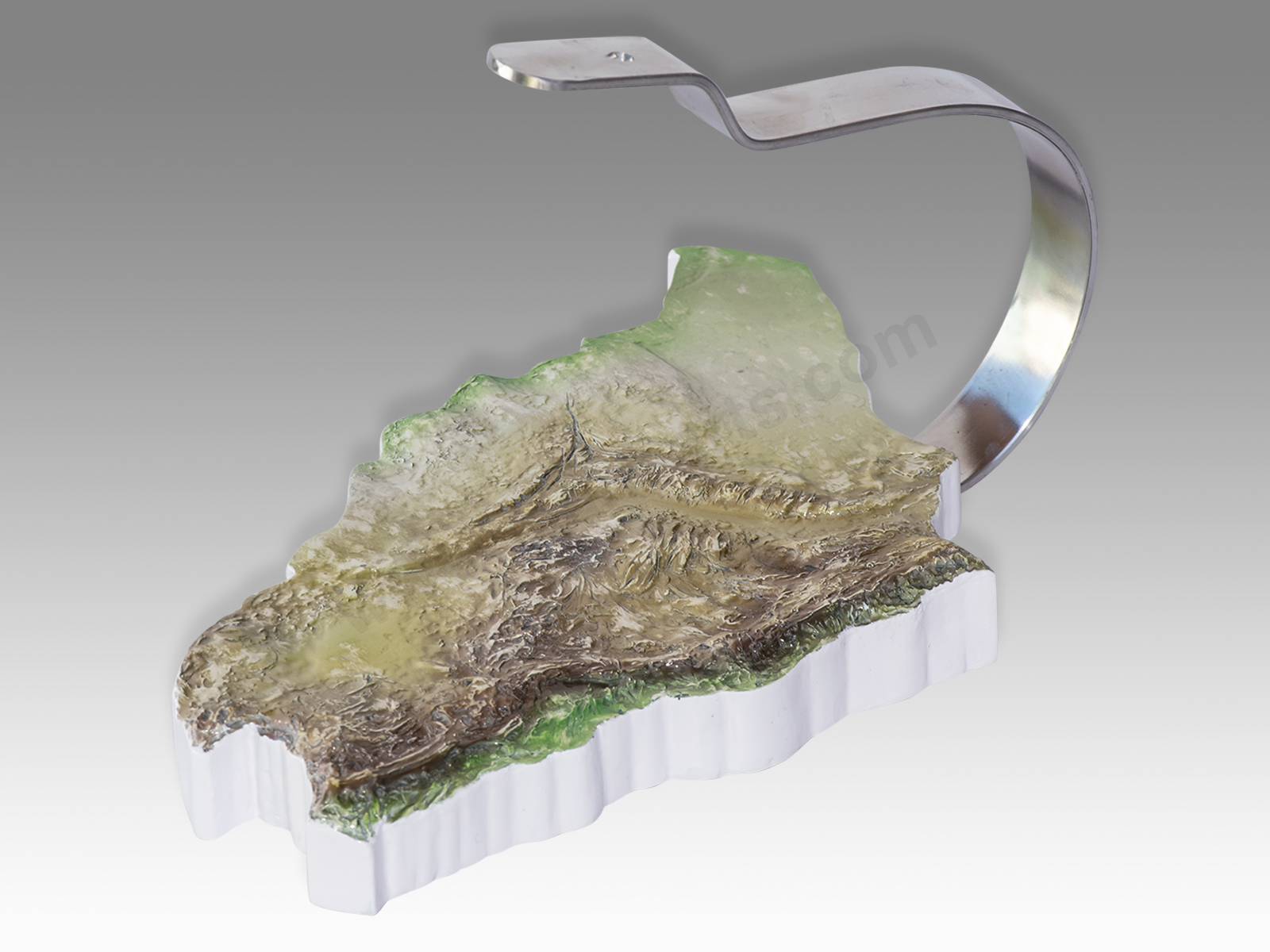
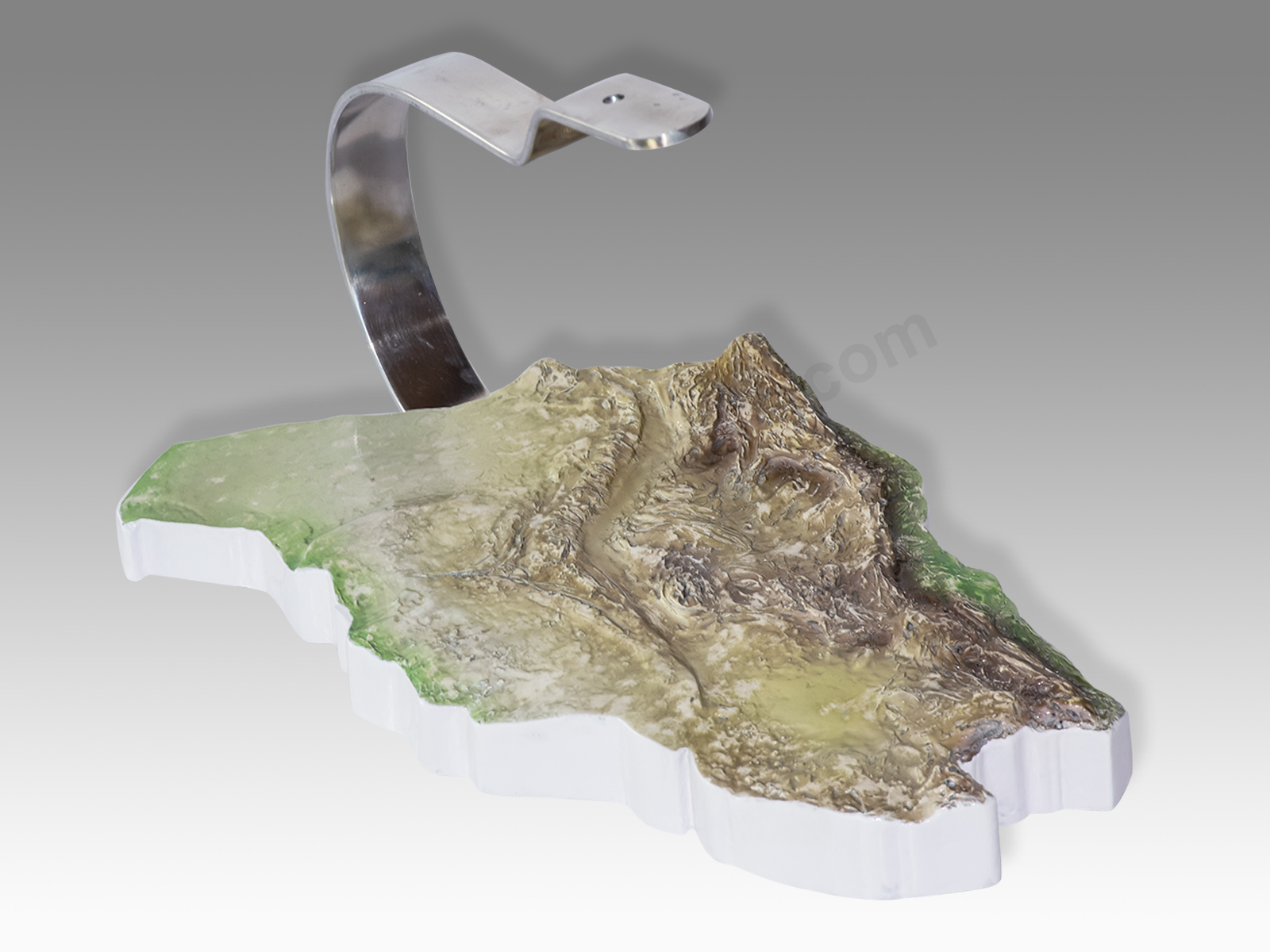
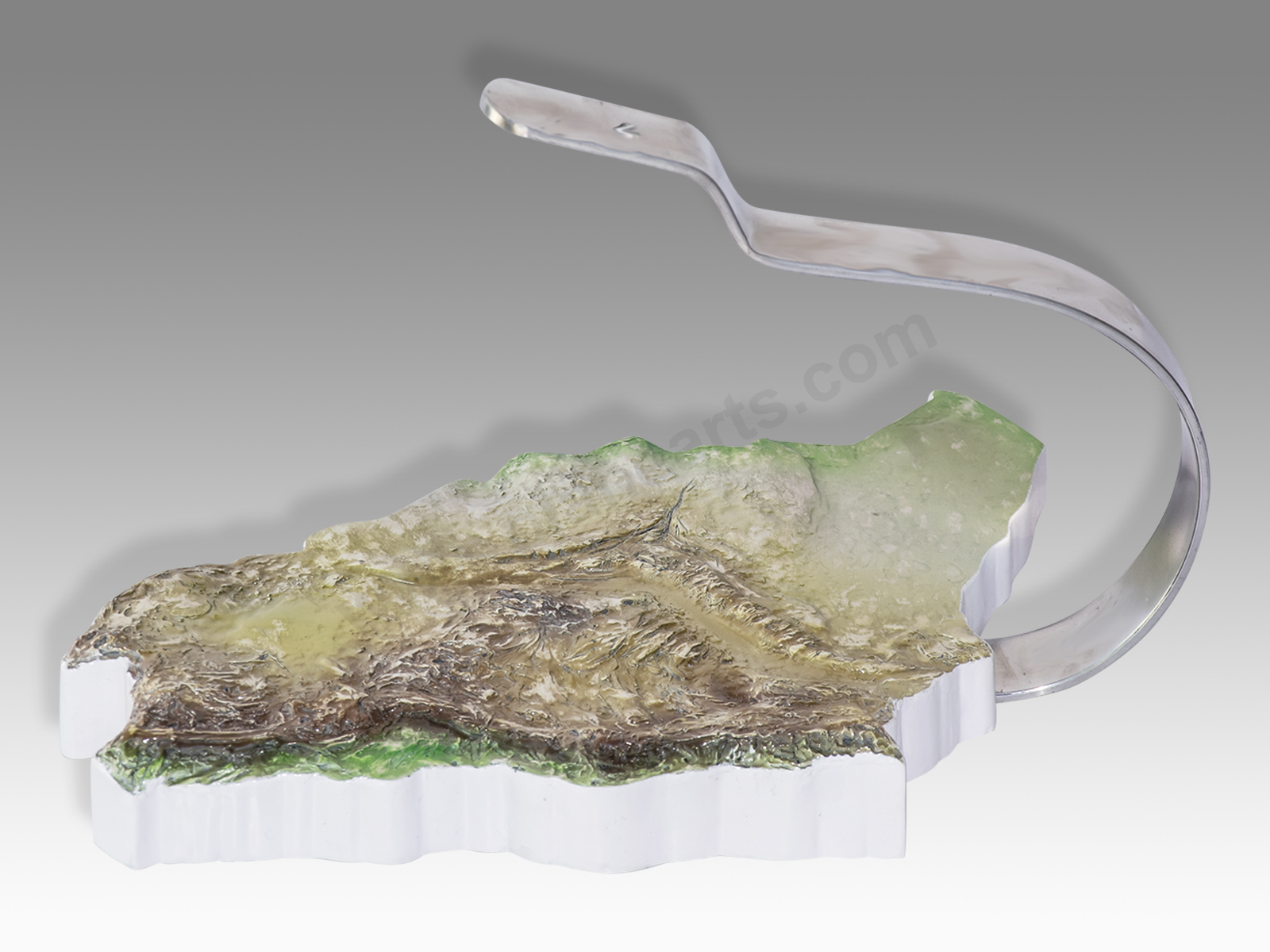
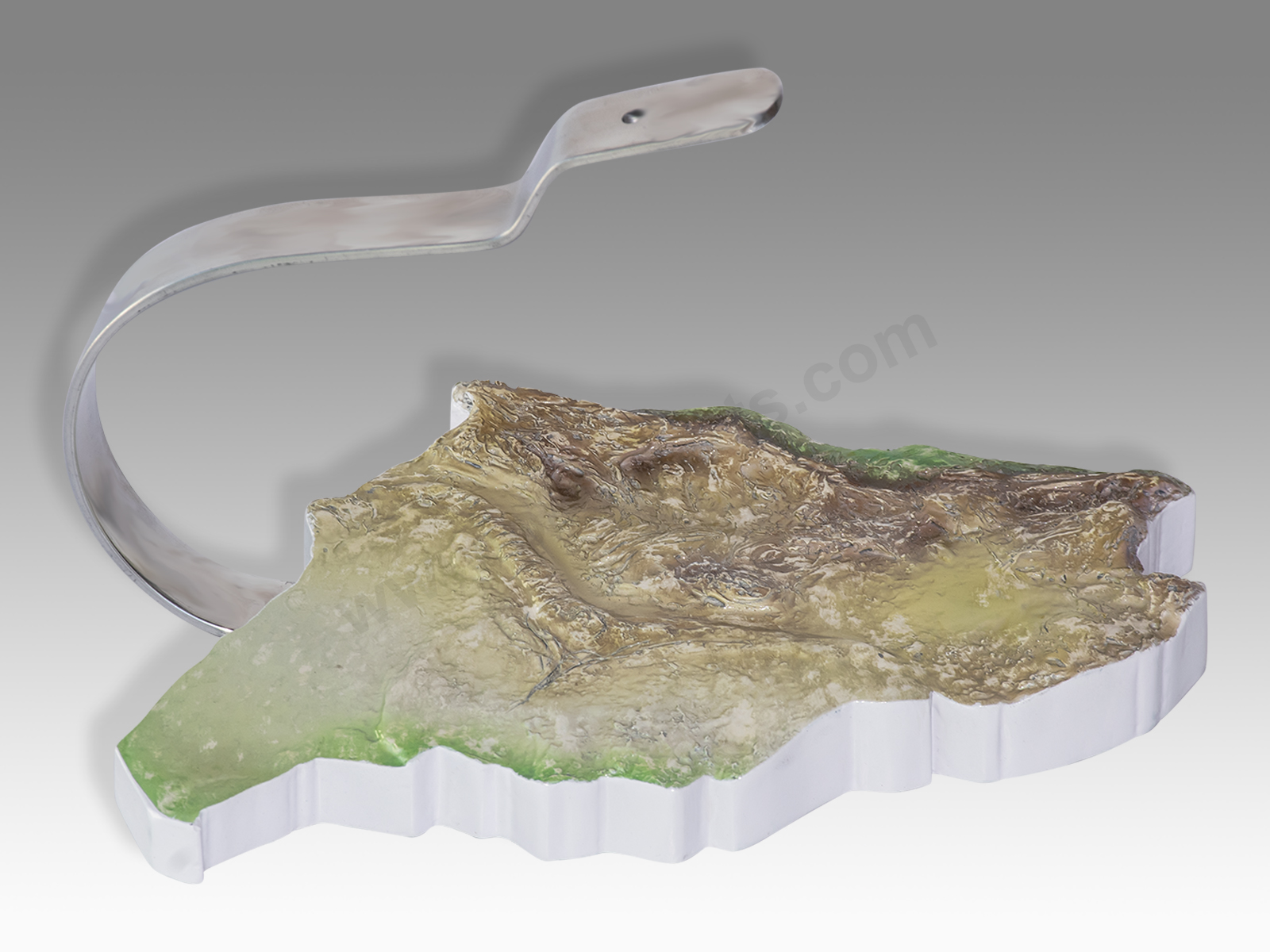
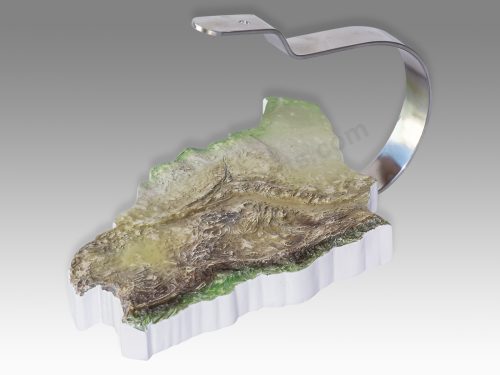
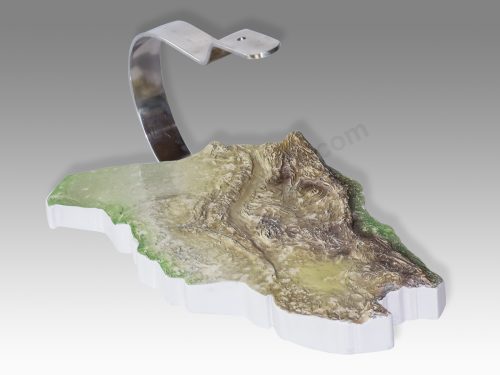
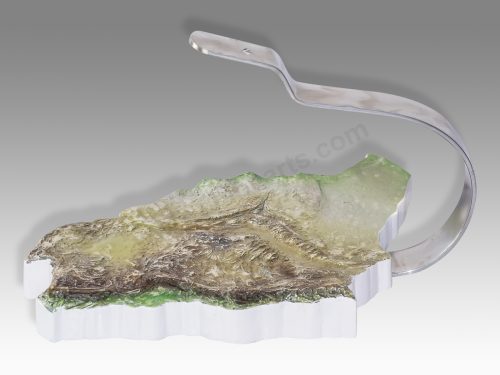
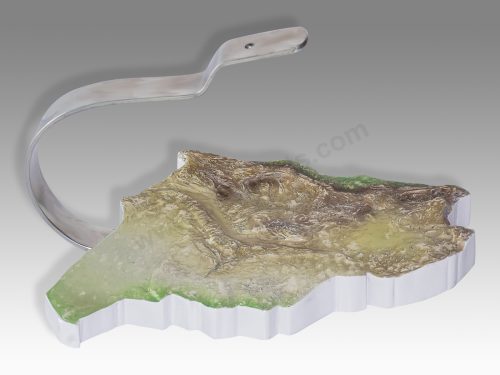
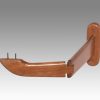
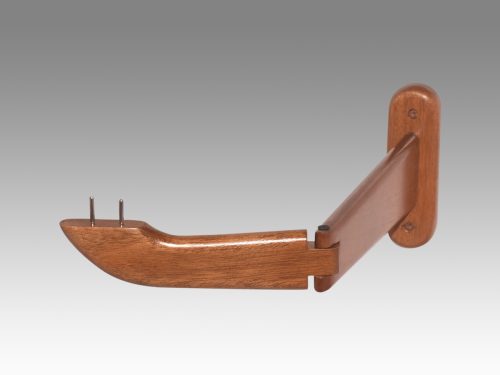

















Reviews
There are no reviews yet.